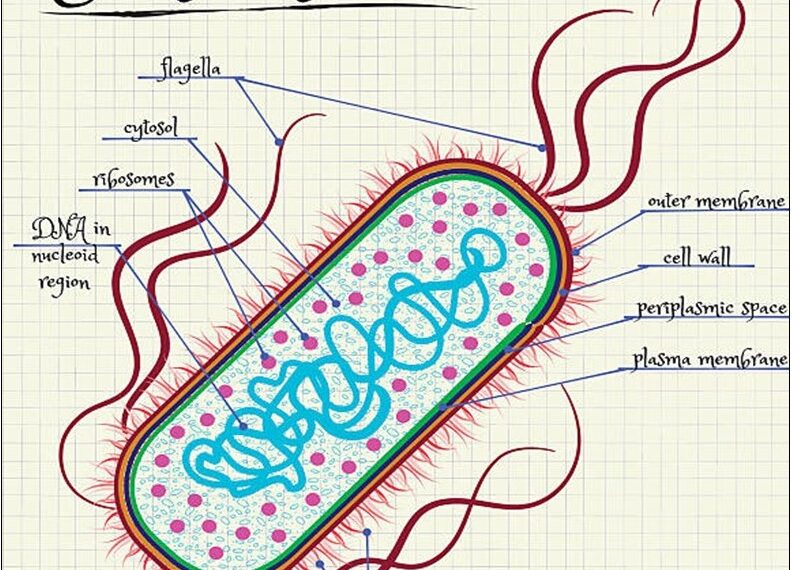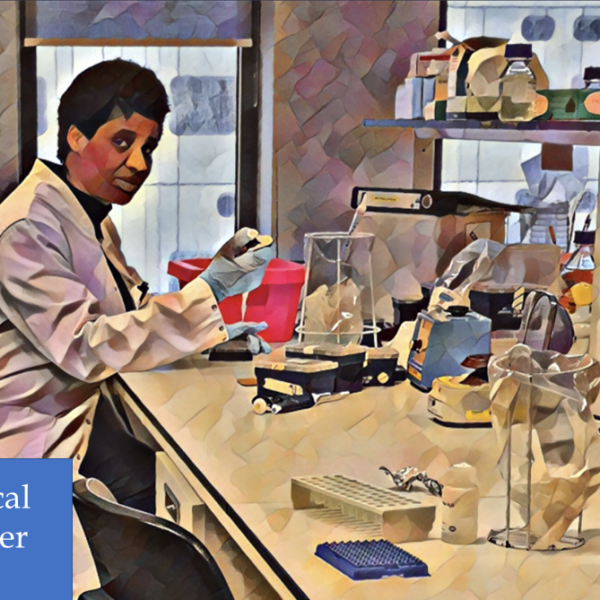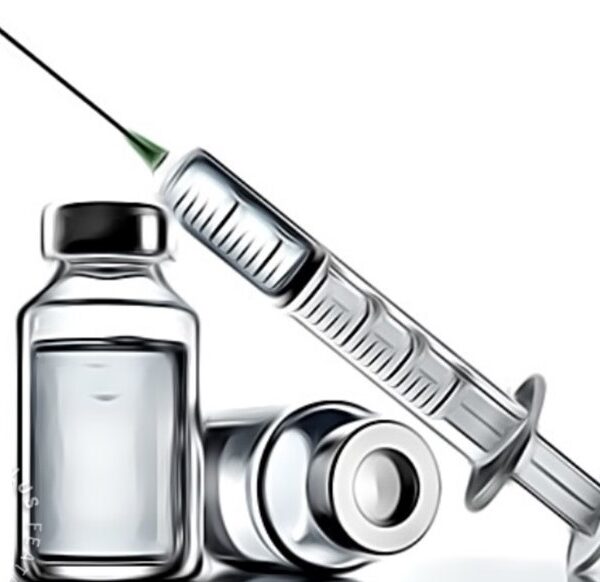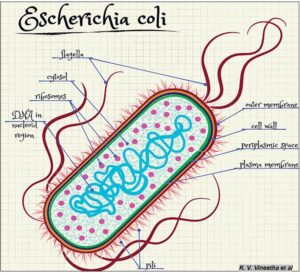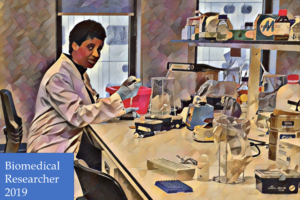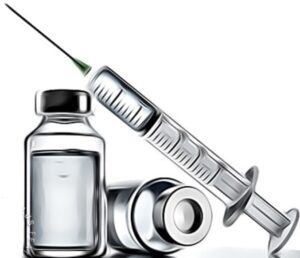In precision medicine, an individual’s biology, environment, and lifestyle guide their medical management; it’s often used interchangeably as personalized medicine. Previously, personalized medicine only considered the individual’s biology, but in recent times both precision medicine and personalized medicine are now synonymous.
Precision medical management considers that the types of drugs that work for someone else may not work for another person; this helps prevent the use of incompatible drugs that may cause additional problems. However, this does not mean a particular drug is designed for a specific individual. In precision medicine, treatment and preventive care are designed by identifying an individual’s biological characteristics and matching them to a group of previously identified similar characteristics with the most effective treatment approach while considering environmental and lifestyle factors.
Precision medicine transforms the therapeutic landscape from a trial-and-error prescription to target-specific, result-oriented medicine. This provides a more precise approach to disease prevention, diagnosis, and treatment and is regarded as a reductionist approach. The World Health Organization (WHO) defines health as complete physical, mental, and social well-being and not merely the absence of disease or infirmity. This WHO definition of health considers a person in multiple dimensions, which is the present direction for health care. Consequently, precision medicine incorporates health’s social and environmental determinants into its data analysis during health investigations.
P4 Medicine
The P4 medicine concept involves predictive, personalized, preventive, and participatory medicine, and its development occurred in parallel with the advancements in genomics, artificial intelligence, and digital technology. In P4 medicine, development is mainly driven by digital technology based on data collection, storage, and computing capacities involving algorithms. For a given individual in P4 medicine, the information and knowledge gained is more specific, more targeted, and more adapted to the individual’s pathology. The data are then analyzed to propose personalized treatments and care, a shift from the traditional one-size-fits-all medical model. P4 medicine requires the use of large volume of biological data known as Omics-data, this is largely used in personalized medicine and now includes environmental and lifestyle information for more precision medical care. P4 medicine envisions a future where healthcare is increasingly personalized, proactive, and focused on prevention rather than just treating diseases.
- Predictive: Analyzing an individual’s risk for the potential development of certain disease or condition and response to a specific treatment. The type of technologies used for predictive medicine include genomics, proteomics and metabolomics
- Preventive: By understanding an individual’s risk factors, health care practitioners can focus on preventing diseases before they occur or detecting them at an early stage when they are most treatable. Healthcare providers can implement preventive measures such as lifestyle modifications, targeted interventions, and regular screening to minimize the chances of disease development or progression such as vaccination and mammogram.
- Participatory: Individuals are encouraged to be actively involved and engaged in their own healthcare. It encourages patients to take an active role in decision-making, providing them with access to their personal health data and empowering them to make informed choices about their health. It promotes collaboration between patients and healthcare professionals to achieve better health outcomes.
O-mics
The core of precision medicine is based on Omics, which is the use of large volumes of biological data. The termed Omics is the suffix in the terminology given to the biological technique. Omics is a collective term used to refer to various fields of biological research that involve the comprehensive study of biological molecules and their functions within a system. It is a multidisciplinary approach that integrates different disciplines such as genomics, proteomics, transcriptomics, metabolomics, lipidomic, epigenomics, and other “-omics” fields. Data obtain from individual patients’ biological samples reflects their biological characteristics.
- Genomics: is the study of an organism’s entire genome, including the DNA sequence, gene structures, and their interactions.
- Lipidomic: is the comprehensive analysis and study of lipids within a biological system
- Metabolomics: is the study of small molecules called metabolites present within cells, tissues, or organisms
- Proteomics: is the study of the entire set of proteins produced by an organism, including their structures, functions, interactions, and modifications.
- Pharmacogenomics: is a study of how genes affect a person’s response to particular drugs.
- Transcriptomics: is the analysis of an organism’s entire set of RNA molecules, including messenger RNA (mRNA) transcripts.
- Epigenomics: Epigenomics refers to the study of epigenetic modifications on a genome-wide scale. Epigenetics refers to heritable changes in gene expression that occur without alterations to the underlying DNA sequence.
Organoids are patient derived mini-organ used for precision medicine
The innovative use of patient derived biological sample grown in the laboratory into mini-organs and used for Omics analysis is now on the increase. These mini-organs are called Organoids. Small samples or biopsies are obtained from an individual patient with minimal invasion for the isolation and laboratory culture of stem cells into becoming organoids (mini-organs).
Organoids have the native cellular and genetic background of the individual from which the biopsy was removed (intrinsic similarity). It is used to provide inexhaustible source of patient material that can be stored in biobanks, and later retrieved for high-throughput drug screening for effective treatment and for preclinical testing of new drug or drug combination that are optimally suited for an individual patient. In some cases, access to patient material for organoid culture may be limited. Currently, other extrinsic factors that can influence the organoids culture are being developed; these factors will recapitulate the effect of the patients’ life-style or environment on their health.
The used of organoids still has its limitation has they are simplified versions of the actual organ and may not fully capture the complexity and functionality of the human body since they are cultured in laboratory in isolation of other organs. Nevertheless, they are a very promising biomedical tool.
I hope you find my articles rewarding and your interest in biomedical research is awoken. I will be writing more articles about biomedical research, so thank you for reading this article and see you in my next article.
Visit more articles about biomedicine on this website.

